Benefits of Real Hardwood Over Other Flooring Installations
Real hardwood floors have long been revered for their timeless beauty and unmatched appeal. But hardwood flooring has a great deal more to offer than great looks. They offer a host of advantages that other flooring options can’t rival.
Solid Hardwood Floors Have a Timeless Appeal
One of the critical reasons homeowners choose real hardwood floors is their natural beauty and timeless looks. Whether your design preference is traditional or contemporary, hardwood floors effortlessly elevate the visual appeal of any room.
In great measure, that’s because there are so many wood species. And each has its own graining and color variations to create a unique feel to a space. For example, solid hickory hardwood has a distinct look like no other. With wide planks, it owns an even more distinctive personality.
On the other hand, maple hardwood flooring has a muted grain that works nicely with contemporary homes.
An oak floor with its tight grain is incredibly versatile and capable of working in contemporary or traditional homes. Oak flooring is often used with narrow plank widths to capture a traditional look. It also has the honor of America’s most popular hardwood flooring variety.
Color stains expand the palette of wood flooring. So you readily match the flooring to your design taste with lighter beige or darker brown and even black tones.
Real Hardwood is Long Lasting
Real hardwood floors offer exceptional longevity. Few other floors can give you the lifetime performance of hardwood, making them an excellent investment.
Solid wood floors easily last 25 years, provided they get the proper care. Some manufacturers, like Hartco®, warrant most of their natural hardwood flooring for 50 years. Good luck finding laminate flooring or luxury vinyl tile with that warranty length.
Equally important, real hardwood can be sanded and refinished. For example, a ¾” tongue-and-groove solid hardwood floor can be refinished up to ten times during its lifespan. Even thinner hardwood can be refinished three to four times. So it’s perfectly reasonable for a natural hardwood floor to last a century and more.
Only ceramic tile and stone can rival hardwood for its longevity.
Solid Hardwood Can Change with the Times
Apart from extending their lifespan, sanding and refinishing hardwood flooring planks lets you change the aesthetics of your floors. So you can take advantage of changing design styles. You can elect to restore your floors to their original look.
Or you can update their appearance for a more modern aesthetic. As a result, hardwood floors can quickly reflect your design vision. Other flooring alternatives cannot change on the fly like real hardwood.
Real Hardwood is Durable
One of the reasons hardwood floors last so long is that they’re durable. And the harder the species, the greater the durability.
Three of the most durable domestic species are hickory, maple, and oak (red and white). Hickory is the hardest of those three species, with a Janka rating of 1820. Maple follows with a 1420 rating, while white oak is 1360 and red oak is 1260.
The Janka rating measures the force required to embed a steel ball (.444 inch) into the wood by half its diameter. It’s one of the best measures to determine how well wood species withstand denting and wear. If you want a lasting finish, choose a species that’s 1,000 or higher.
Hardwood Flooring Improves Your Home’s Resale Value
Few other flooring options add value to your home the way hardwood does. For instance, the average ROI for installing hardwood floors hovers in the 70%–80% range. Indeed, hardwood flooring is consistently presented as the top flooring for resale value. CNN reported that hardwood floors can increase a home’s value by 3% to 5%.
Hardwood Floors Reduce Allergens
Typically, your home is full of allergens living anywhere, including bedding, pillows, sofas, and flooring. Soft surfaces are often the culprit, as they capture and retain the allergens. For that matter, allergens can even exist in your pets and create symptoms.
And countless types can trigger allergic reactions:
• Dust mites
• Pet dander
• Mold
• Mildew
• Pollen
• Chemicals
The good news is that hardwood floors don’t harbor these allergens. For example, carpeting readily houses these micro-organisms. Even vacuuming regularly can only remove a percentage of them.
But with hardwood, you can remove them with a good cleaning. So you’re indoor air quality benefits.
Real Hardwood Flooring is Sustainable
Real hardwood floors are an environmentally friendly flooring option. Wood is a renewable resource, and responsible forestry practices ensure it can be sustained. For example, scientists estimate that our forest land contains 230 billion trees, with more planted yearly. Consider that the forestry community planted 2.3 billion seedlings last year.
Additionally, choosing hardwood floors over alternatives that use non-renewable materials reduces the environmental impact.
Many hardwood flooring manufacturers also adhere to eco-friendly practices and certifications, making hardwood floors a sustainable choice for conscientious homeowners.
There are organizations like the Forest Stewardship Council (FSC) and the National Wood Flooring Association’s (MWFA) Responsible Procurement Program (RPP) that ensure that the wood is responsibly harvested to avoid forest destruction.
The FSC includes a certification program ensuring products come from responsibly managed forests.
Comparing Real Hardwood to Other Flooring Options
Comparing natural hardwood to alternative flooring options can help you make an informed decision based on your specific needs and preferences. Let’s explore how real hardwood flooring stacks up against some popular alternatives:
Tile Floors
Tile floors have hardwood beat for water resistance. You can install them anywhere without concern. They also last a long time, as long as 50 years, though they can’t be sanded and refinished like natural hardwood.
Despite those pluses, ceramic tile is susceptible to breaking or cracking. Its grout lines are also dirty to mar its appearance and can harbor mold. The tile is also cold underfoot and lacks the warmth and charm of wood flooring.
Laminate Flooring
Although laminate resembles hardwood thanks to a photographic layer, it lacks hardwood’s depth. So it falls short of achieving authentic looks. In addition, laminate is susceptible to scratches and struggles with moisture-related concerns.
Although hardwood flooring has its issues with water, it still performs better. Plus, it lasts longer and delivers the authentic look homeowners covet.
Luxury Vinyl Plank
Luxury vinyl plank (LVP) has seen immense growth. It’s durable, scratch resistant, and in most cases, waterproof. It even comes close to capturing the look and feel of natural hardwood. But on closer inspection, you can see and feel the difference.
LVP flooring lasts 25-30 years, a reasonably long time that pales in comparison to the longevity of hardwood.
Luxury vinyl plank (LVP) has seen immense growth. It’s durable, scratch resistant, and in most cases, waterproof. It even comes close to capturing the look and feel of natural hardwood. But on closer inspection, you can see and feel the difference.
LVP flooring lasts 25-30 years, a reasonably long time that pales in comparison to the longevity of hardwood.
Engineered Hardwood
Engineered hardwood most closely rivals solid hardwood flooring — primarily because it is natural hardwood. It features a veneer of genuine hardwood to capture hardwood’s aesthetics precisely.
For example, Hartco’s Dutton Pass and Woodland Traditionalist incorporate knots, splits, and wire brushing features. Those features add a character-rich look with better grain visuals.
It also offers improved water resistance over solid wood flooring. That’s because its construction includes a tightly bonded plywood core. That core reduces expansion and contraction. So the wood is better able to handle humidity and temperature fluctuations.
However, because its veneer is thin, you can’t sand and refinish engineered flooring as often as you can solid hardwood.
Hartco® Has Real Hardwood Flooring for Any Home Style
Whatever your preference, solid or engineered hardwood, Hartco® has an extensive offering of designer hardwood flooring. Our hardwoods include the most durable, scratch-resistant species: oak, maple, and hickory.
You can select from styling ranging from rustic to contemporary, with more than 300 selections.
We even make it easy to choose your flooring with our floor visualizer. You can view our wood flooring in your space in seconds by uploading a picture of your room.
Then, browse our collection of real hardwood flooring for some favorites. You’ll instantly see the floor in your room when you click on the selection.
When you’re ready to buy, our retail locator will help you find the Hartco® dealer nearest you.
Inspiration to Your Inbox
Sign up for news about our latest flooring innovations—and get inspired for your next project.
Sign Up
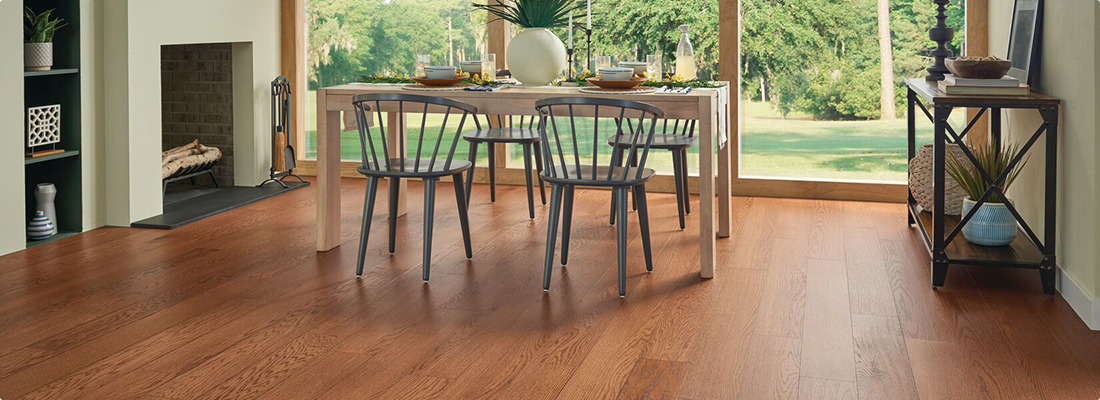
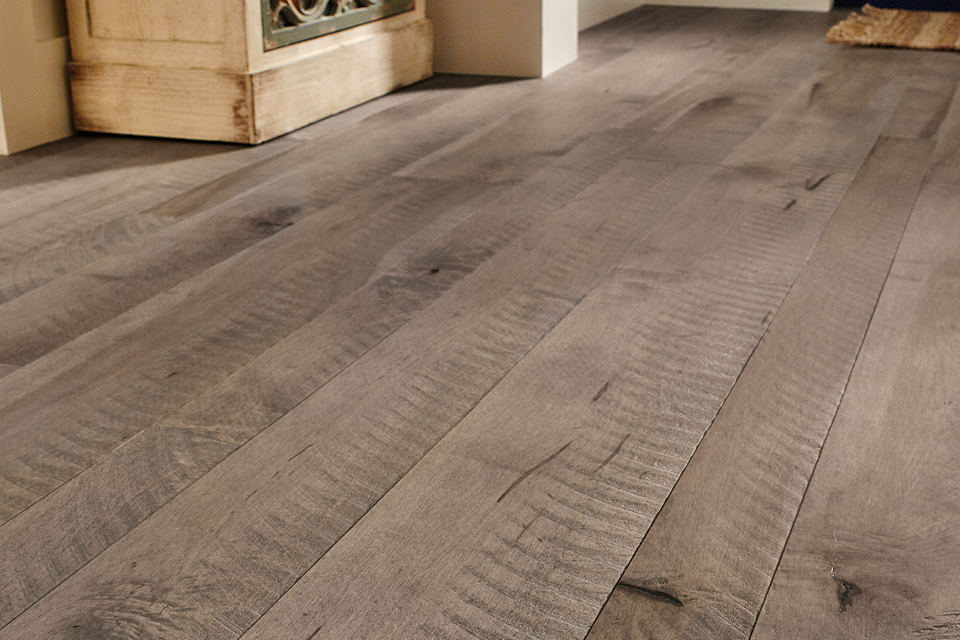 Engineered Hardwood Flooring Pros and Cons
Engineered Hardwood Flooring Pros and Cons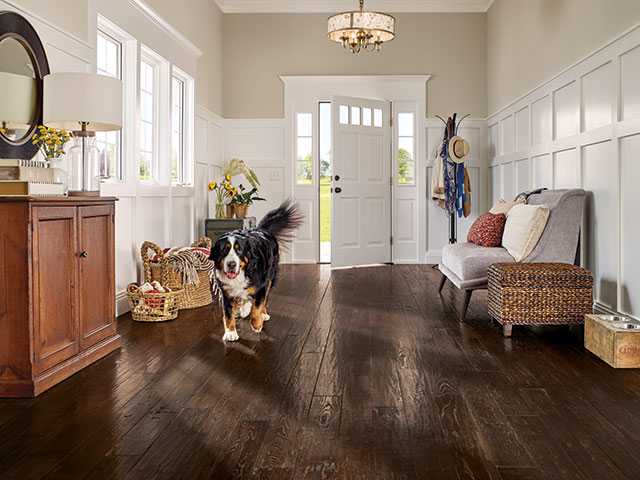 How to Clean Hardwood Floors
How to Clean Hardwood Floors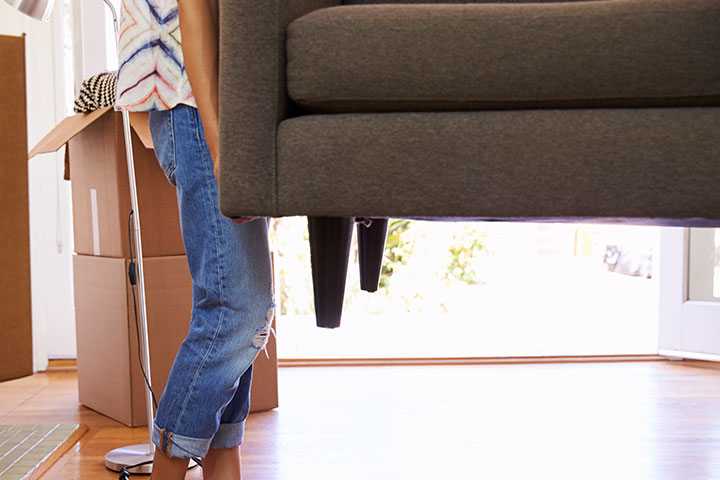 Hardwood Flooring Installation
Hardwood Flooring Installation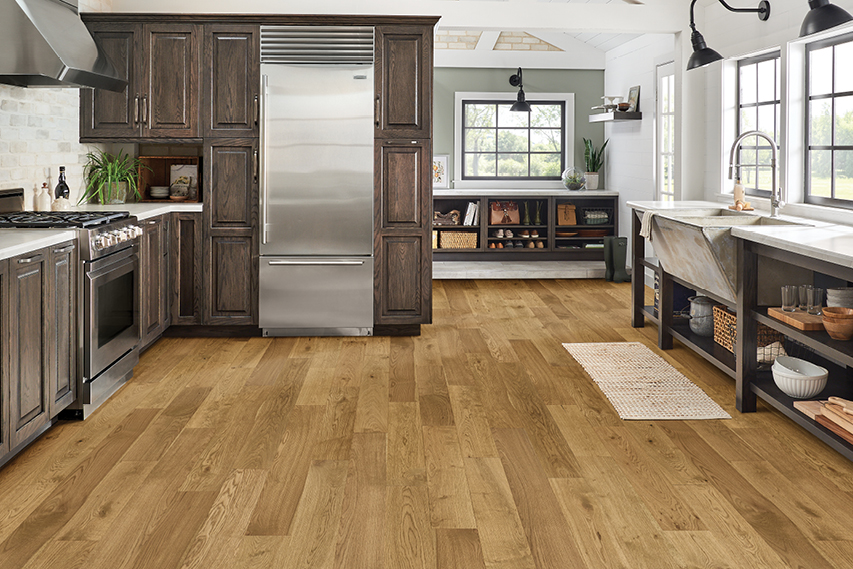 How Much Does Hardwood Flooring Cost?
How Much Does Hardwood Flooring Cost?